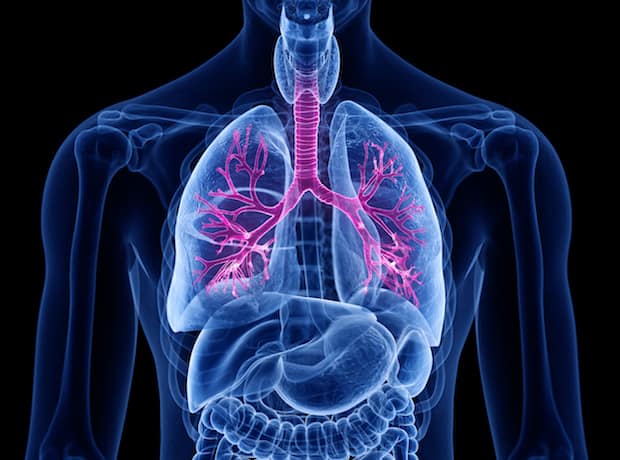99mTc-malaciclactide, a molecular imaging agent useful for predicting disease prognosis
Clinical radiopharmaceutical company Serac Healthcare and the University of Exeter have announced the initiation of a Phase II study of a novel molecular SPECT imaging agent, 99mTc-malaciclatide.
The study, called “Prospective Assessment of Interstitial Lung Disease Progression by Quantitative Computed Tomography (PREDICT-ILD),” has successfully scanned its first patient.
The primary study objective was to evaluate the efficacy of quantitative computed tomography (CT) to detect progression of interstitial lung disease (ILD).
In addition, a substudy has been initiated to evaluate 99mTc-malaciclatide as an imaging marker for disease prognosis in a subset of participants.Recruitment for PREDICT-ILD is ongoing across three NHS sites in the South West: North Bristol NHS Trust (NBT), Royal United Hospitals (RUH) NHS Foundation Trust, and Royal Devon University Healthcare NHS Foundation Trust.
The research is led by co-principal investigators Professor Chris Scotton, Associate Professor in Respiratory Biomedical Sciences at the University of Exeter, and Dr Giles Dixon, Senior Clinical Research Fellow. The research is primarily funded by the Wellcome Trust’s GW4-CAT HP PhD programme for health professionals.
This substudy will compare 99mTc-malaciclactide uptake between participants with idiopathic pulmonary fibrosis (IPF) and non-IPF fibrosing ILD and age-, sex-, and ethnicity-matched healthy controls.
Secondary objectives include evaluating the ability of the contrast agent to identify αvβ3 activity and predict disease progression in patients with fibrotic ILD.A total of 69 participants will be recruited, of which 15 will participate in a substudy.
Interstitial lung diseases include more than 200 irreversible conditions that, if left untreated, lead to scarring of the lungs (fibrosis).
ILD affects over 150,000 people in the UK and is associated with high morbidity and mortality, accounting for 1% of deaths in the UK. Research into the mechanisms driving ILD progression remains a key priority.







